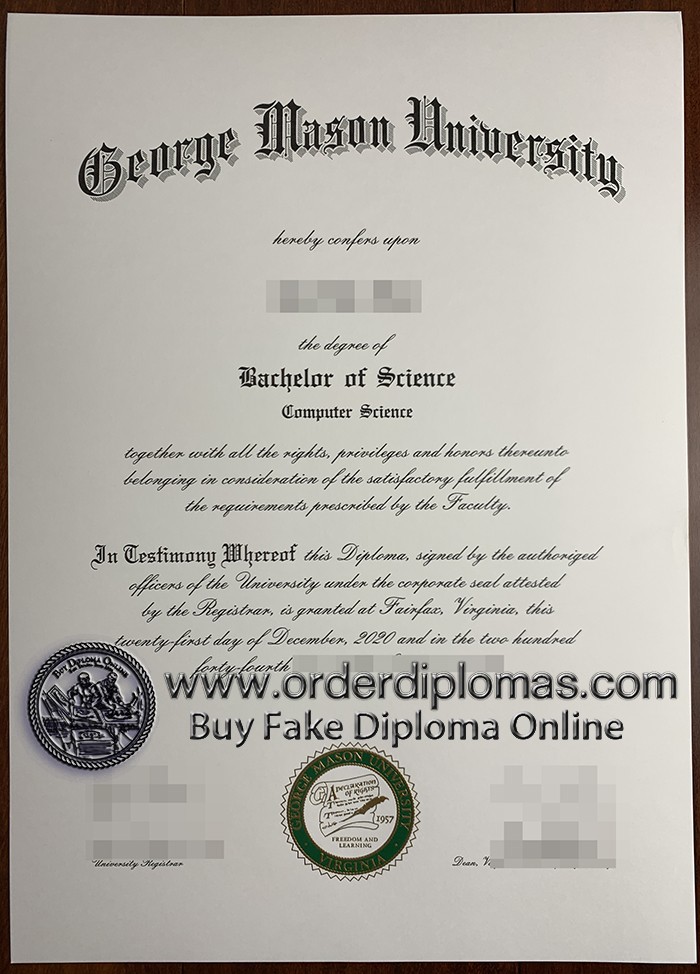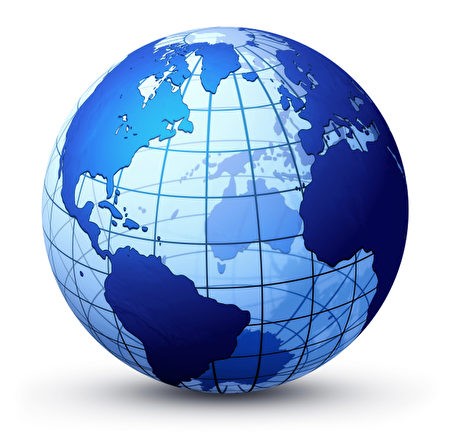
buy fake George Mason University degree
How to buy fake George mason university diploma? how to buy a fake George mason university degree? how to buy a fake George mason university certificate? buy fake George mason university diploma. buy fake George mason university degree. buy fake George mason university certificate. buy fake diploma, buy fake degree.
George Mason University (Mason or GMU) is a public research university in Fairfax County, Virginia. The university was originally founded in 1949 as a northern branch of the University of Virginia. Named for Founding Father of the United States George Mason in 1959, it became an independent university in 1972. The school has since grown into the largest public university in the Commonwealth of Virginia. Mason operates four campuses in Virginia (Fairfax, Arlington, Front Royal, and Prince William), as well as a campus in Incheon, South Korea. The flagship campus is in Fairfax.
It is classified among “R1: Doctoral Universities – Very high research activity”. Two George Mason professors have won the Nobel Prize, both in economics: James M. Buchanan in 1986 and Vernon L. Smith in 2002.
EagleBank Arena, a 10,000-seat arena and concert venue operated by the university, is located on the Fairfax campus. The university recognizes 500 student groups as well as 41 fraternities and sororities.
In 1949, the University of Virginia created an extension center to serve Northern Virginia. The extension center offered both for credit and non-credit informal classes in the evenings at various pre-existing venues. The first for credit classes offered were: “Government in the Far East, Introduction to International Politics, English Composition, Principles of Economics, Mathematical Analysis, Introduction to Mathematical Statistics, and Principles of Lip Reading.” By the end of 1952, enrollment was 1,192 students.
A resolution of the Virginia General Assembly in January 1956 changed the extension center into University College, the Northern Virginia branch of the University of Virginia. John Norville Gibson Finley served as director. Seventeen freshmen students attended classes at University College in a small renovated elementary school building in Bailey’s Crossroads starting in September 1957. In 1958 University College became George Mason College.
The City of Fairfax purchased and donated 150 acres (0.61 km2) of land just south of the city limits to the University of Virginia for the college’s new site, which is now referred to as the Fairfax Campus. In 1959, the Board of Visitors of the University of Virginia selected a permanent name for the college: George Mason College of the University of Virginia. The Fairfax campus construction planning that began in early 1960 showed visible results when the development of the first 40 acres (160,000 m2) of Fairfax Campus began in 1962. In the Fall of 1964 the new campus welcomed 356 students.
During the 1966 Session of the Virginia General Assembly, Alexandria delegate James M. Thomson, with the backing of the University of Virginia, introduced a bill in the General Assembly to make George Mason College a four-year institution under the University of Virginia’s direction. The measure, known as H 33, passed the Assembly easily and was approved on March 1, 1966, making George Mason College a degree-granting institution. During that same year, the local jurisdictions of Fairfax County, Arlington County, and the cities of Alexandria and Falls Church agreed to appropriate $3 million to purchase land adjacent to Mason to provide for a 600-acre (2.4 km2) Fairfax Campus with the intention that the institution would expand into a regional university of major proportions, including the granting of graduate degrees.
The university’s Fairfax Campus is situated on 677 acres (1.058 sq mi) of landscaped land with a large pond in a suburban environment in George Mason, Virginia, just south of the City of Fairfax in central Fairfax County. Off-campus amenities are within walking distance and Washington, D.C. is approximately 20 miles (32 km) from campus.[a] Notable buildings include the 320,000-square-foot (30,000 m2) student union building, the Johnson Center; the Center for the Arts, a 2,000-seat concert hall; the 180,000-square-foot (17,000 m2) Long and Kimmy Nguyen Engineering Building; Exploratory Hall for science, new in 2013; an astronomy observatory and telescope; the 88,900-square-foot (8,260 m2) Art and Design Building; the newly expanded Fenwick Library, the Krasnow Institute; and three fully appointed gyms and an aquatic center for student use. The stadiums for indoor and outdoor track and field, baseball, softball, tennis, soccer and lacrosse are also on the Fairfax campus, as is Masonvale, a housing community for faculty, staff and graduate students. The smallest building on the campus is the 33-square-foot (3.1 m2) information boot.

 USA Diplomas
USA Diplomas Canada Diplomas
Canada Diplomas UK Diplomas
UK Diplomas Australia Diplomas
Australia Diplomas Germany Diplomas
Germany Diplomas Malaysia Diplomas
Malaysia Diplomas Singapore Diplomas
Singapore Diplomas Other countries
Other countries Transcript-Form.xlsx
Transcript-Form.xlsx
